The discovery of stars with their outer layers of hydrogen stripped by companions fills a glaring hole in our understanding of supernovas and binary systems with colliding neutron stars.


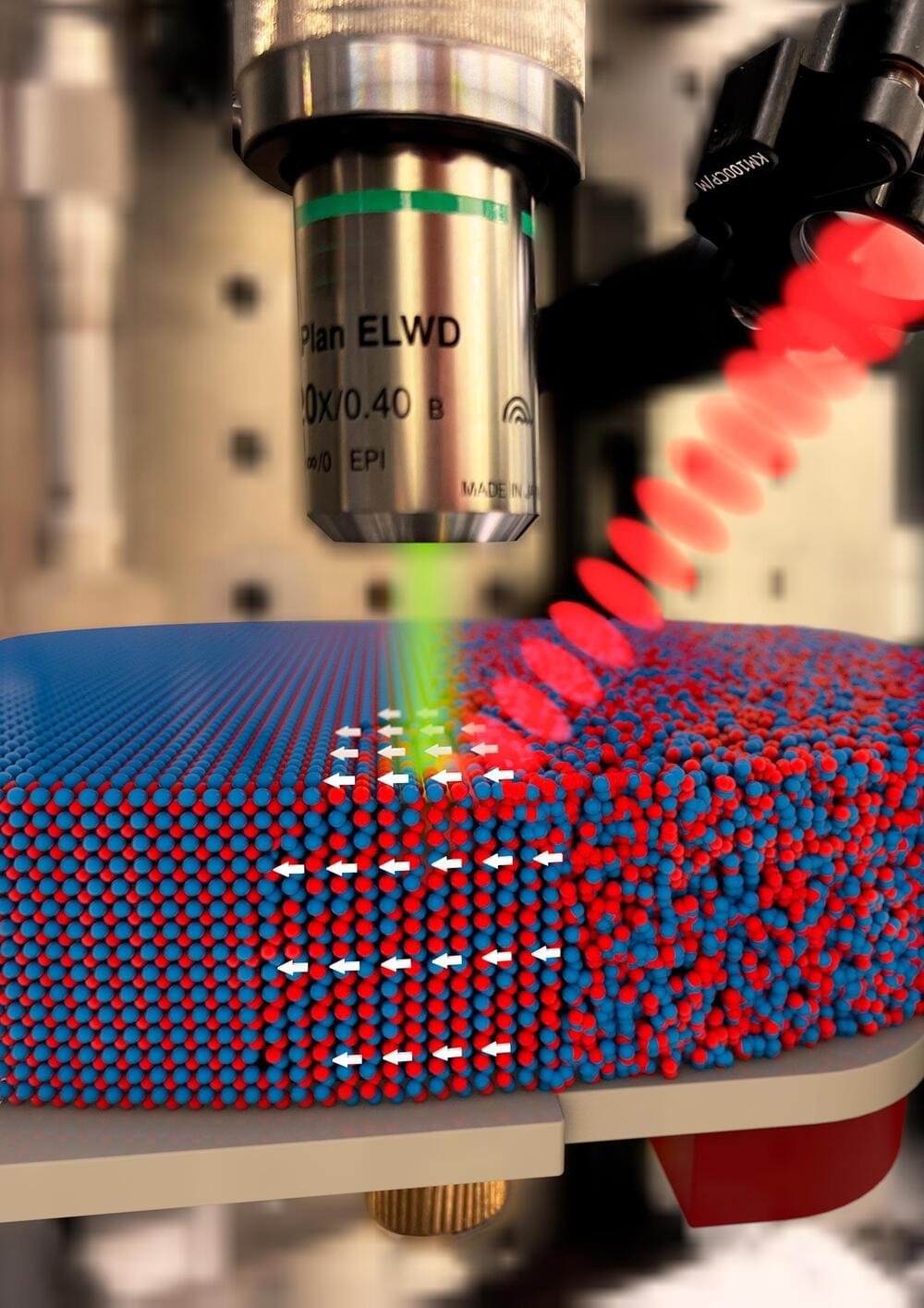
A research team has revealed that ultrashort laser pulses can magnetize iron alloys, a discovery with significant potential for applications in magnetic sensor technology, data storage, and spintronics.
To magnetize an iron nail, one simply has to stroke its surface several times with a bar magnet. Yet, there is a much more unusual method: A team led by the Helmholtz-Zentrum Dresden-Rossendorf (HZDR) discovered some time ago that a certain iron alloy can be magnetized with ultrashort laser pulses. The researchers have now teamed up with the Laserinstitut Hochschule Mittweida (LHM) to investigate this process further. They discovered that the phenomenon also occurs with a different class of materials – which significantly broadens potential application prospects. The working group presents its findings in the scientific journal Advanced Functional Materials.
Breakthrough Discovery in Magnetization.
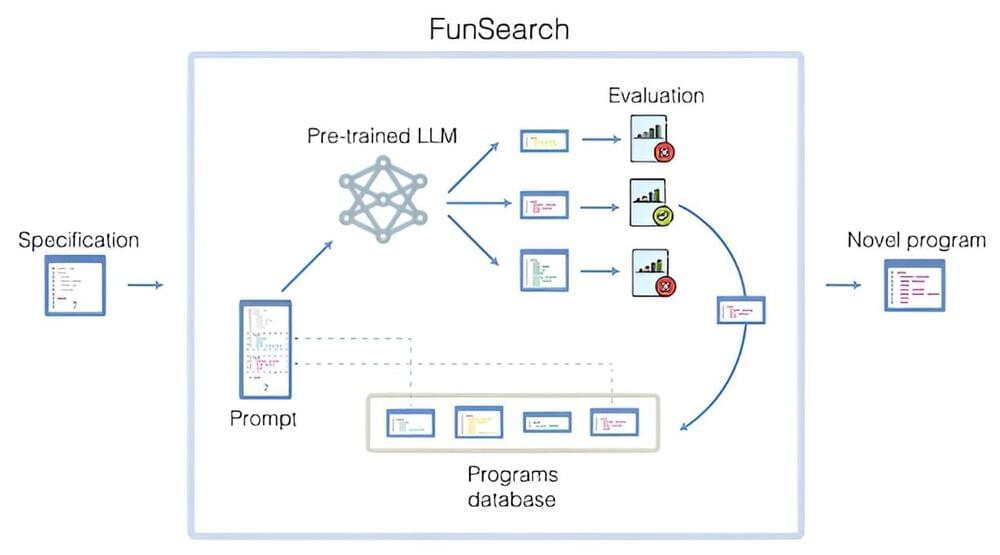
A team of computer scientists at Google’s DeepMind project in the U.K., working with a colleague from the University of Wisconsin-Madison and another from Université de Lyon, has developed a computer program that combines a pretrained large language model (LLM) with an automated “evaluator” to produce solutions to problems in the form of computer code.
In their paper published in the journal Nature, the group describes their ideas, how they were implemented and the types of output produced by the new system.
Researchers throughout the scientific community have taken note of the things people are doing with LLMs, such as ChatGPT, and it has occurred to many of them that LLMs might be used to help speed up the process of scientific discovery. But they have also noted that for that to happen, a method is required to prevent confabulations, answers that seem reasonable but are wrong—they need output that is verifiable. To address this problem, the team working in the U.K. used what they call an automated evaluator to assess the answers given by an LLM.
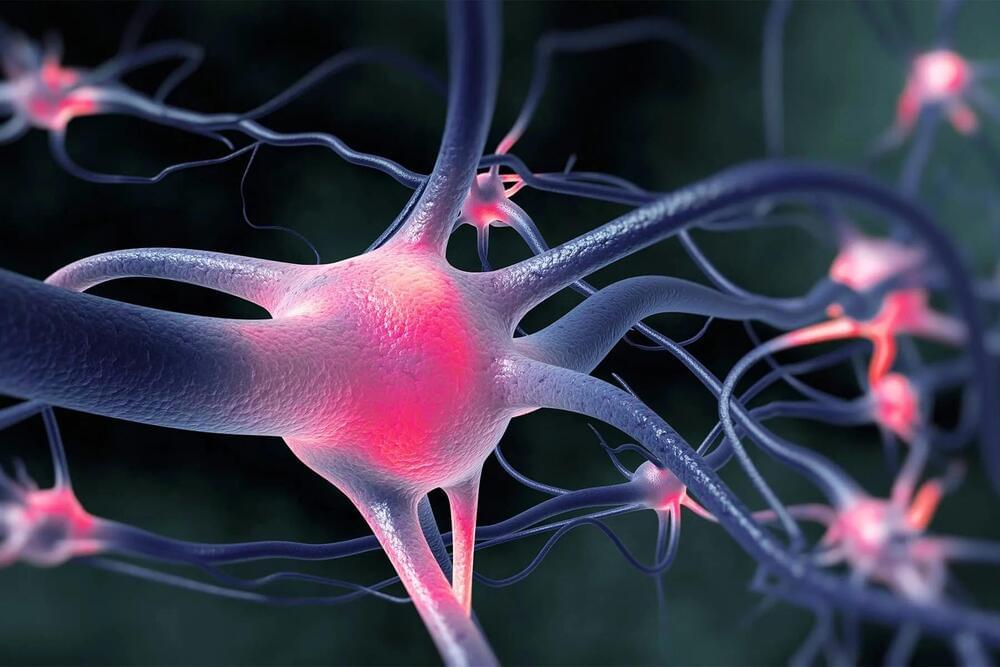

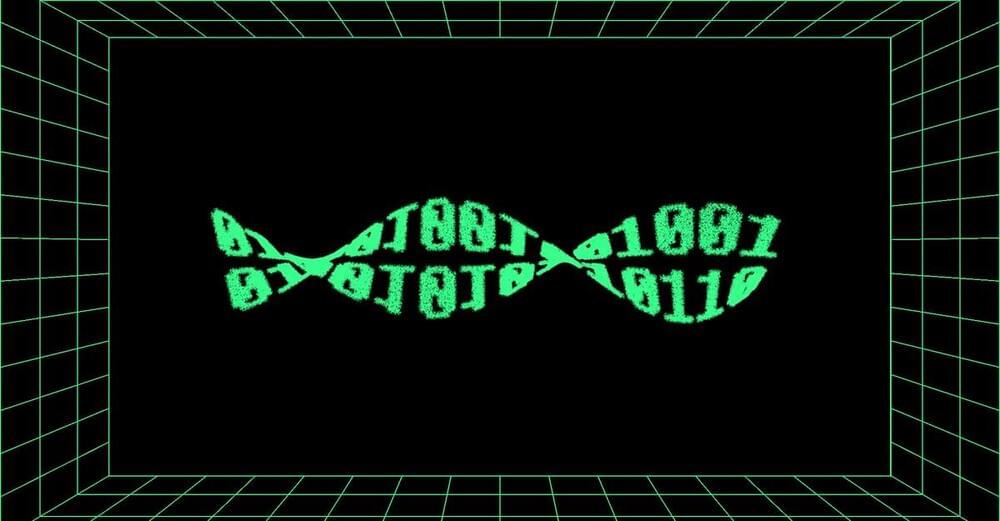
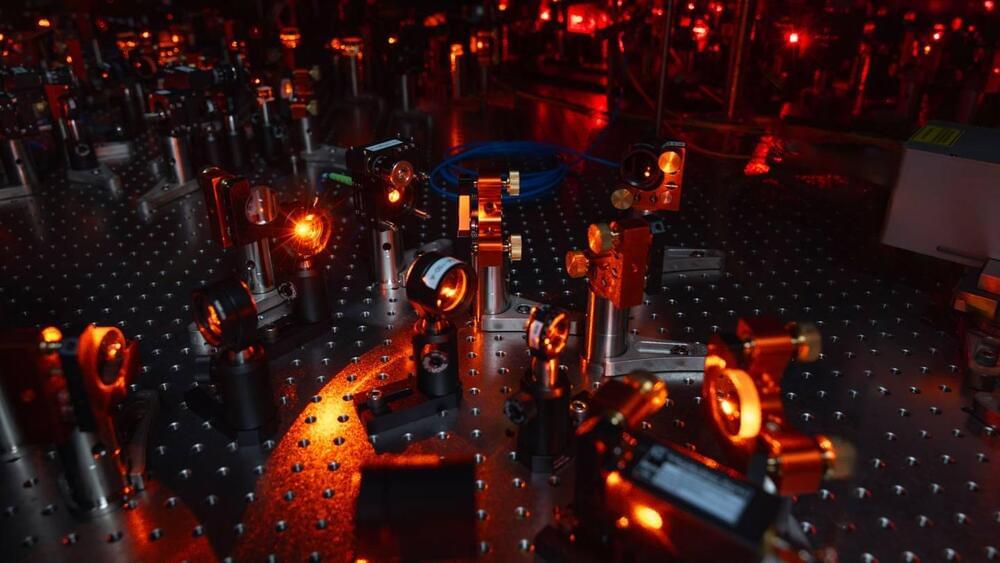
📸 Look at this post on Facebook https://www.facebook.com/share/zGyj2HkjpKbdLqCj/?mibextid=WC7FNe
The scientific feat is also ‘a breakthrough for practical applications because entangled molecules can be the building blocks for many future applications. says physicist Lawrence Cheuk.
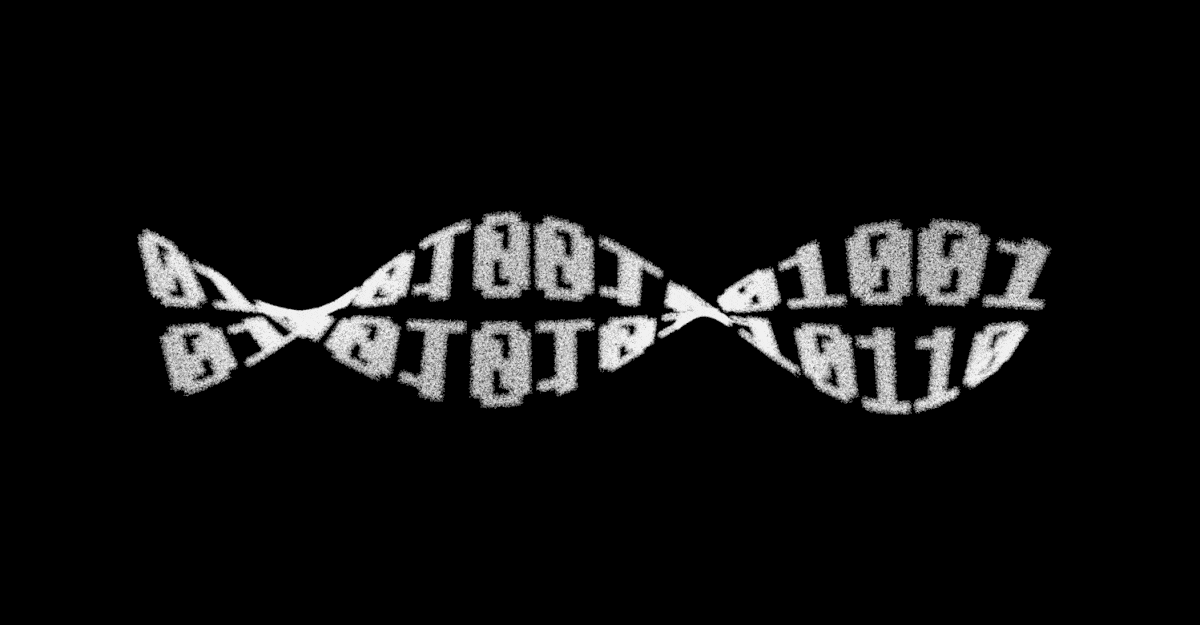
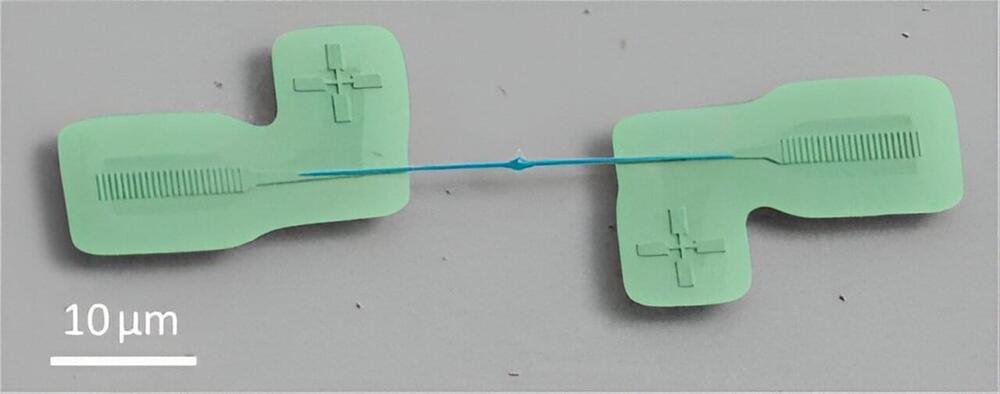
Quantum information scientists are always on the hunt for winning combinations of materials, materials that can be manipulated at the molecular level to reliably store and transmit information. Following a recent proof-of-principle demonstration, researchers are adding a new combination of compounds to the quantum materials roster.
In a study reported in ACS Photonics, researchers combined two nanosized structures—one made of diamond and one of lithium niobate—onto a single chip. They then sent light from the diamond to the lithium niobate and measured the fraction of light that successfully made it across.
The greater that fraction, the more efficient the coupling of the materials, and the more promising the pairing as a component in quantum devices.
Is it possible to invent a computer that computes anything in a flash? Or could some problems stump even the most powerful of computers? How complex is too complex for computation? The question of how hard a problem is to solve lies at the heart of an important field of computer science called computational complexity. Computational complexity theorists want to know which problems are practically solvable using clever algorithms and which problems are truly difficult, maybe even virtually impossible, for computers to crack. This hardness is central to what’s called the P versus NP problem, one of the most difficult and important questions in all of math and science.
This video covers a wide range of topics including: the history of computer science, how transistor-based electronic computers solve problems using Boolean logical operations and algorithms, what is a Turing Machine, the different classes of problems, circuit complexity, and the emerging field of meta-complexity, where researchers study the self-referential nature of complexity questions.
Featuring computer scientist Scott Aaronson (full disclosure, he is also member of the Quanta Magazine Board). Check out his blog: https://scottaaronson.blog/
Read the companion article about meta-complexity at Quanta Magazine: https://www.quantamagazine.org/complexity-theorys-50-year-jo…-20230817/
00:00 Introduction to the P vs NP problem.
02:16 Intro to Computational Complexity.
02:30 How do computers solve problems?
03:02 Alan Turing and Turing Machines.
04:05 George Boole and Boolean Algebra.
05:21 Claude Shannon and the invention of transistors.
06:22 John Von Neumann and the invention of the Universal Electronic Computer.
07:05 Algorithms and their limits.
08:22 Discovery of different classes of computational problems.
08:56 Polynomial P problems explained.
09:56 Exponential NP Problems explained.
11:36 Implications if P = NP
12:48 Discovery of NP Complete problems.
13:45 Knapsack Problem and Traveling Salesman problem.
14:24 Boolean Satisfiability Problem (SAT) defined.
15:32 Circuit Complexity Theory.
16:55 Natural Proofs Barrier.
17:36 Meta-complexity.
18:12 Minimum Circuit Size Problem (MCSP)
- VISIT our Website: https://www.quantamagazine.org.